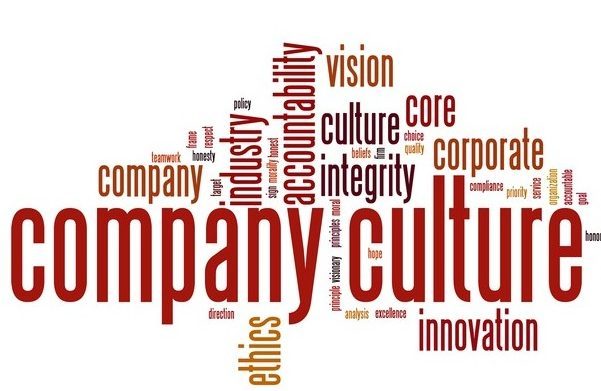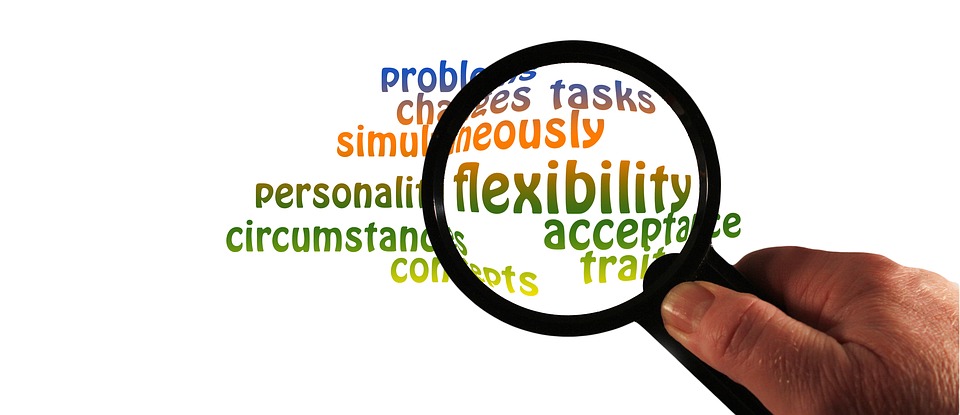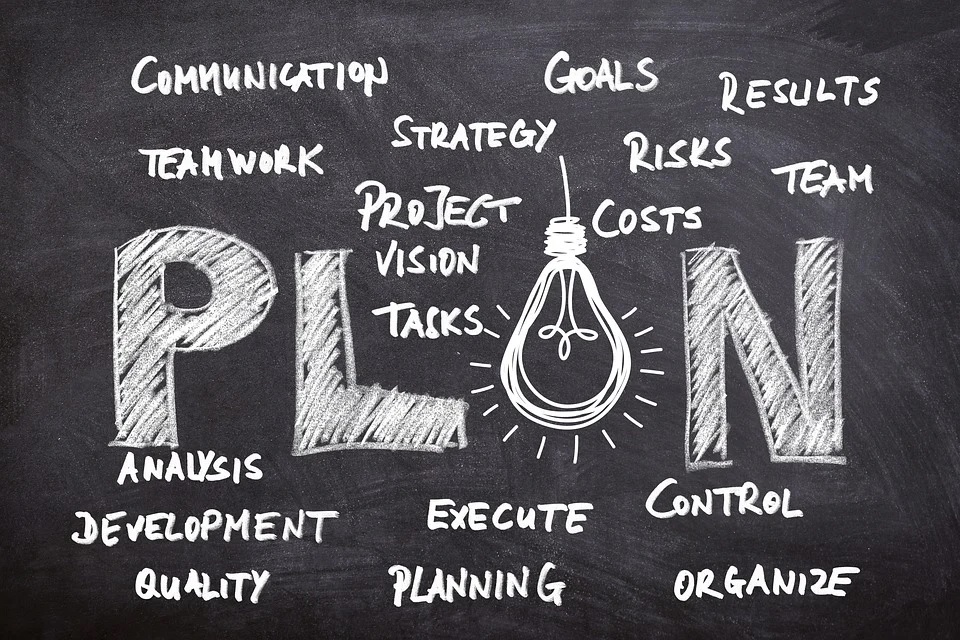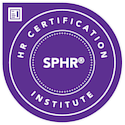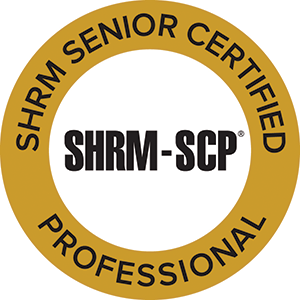Research shows that one of the main reasons many mergers and acquisitions (M&A) fail is the lack of a successful cultural integration. In fact, one study showed that culture was the cause of 30% of failed mergers.
Some examples of challenging or failed integrations include Amazon and Whole Foods, AOL and Time Warner, Hewlett Packard and Compaq, Daimler-Benz and Chrysler, and Google and Nest.
It’s not enough that the numbers are right, negotiations succeed, and everyone concurs on a business direction. If company cultures clash it can put everything else in jeopardy.
Here are some tips.
Start early. Cultural integration is often thought of as a post-merger activity. But making it one of the considerations during due diligence can avoid problems down the road. Do the values of the two organizations align? What are the cultural similarities and differences? How will you bridge the disparities?
Create a cross-functional cultural integration team. Include employees from each organization who understand their respective cultures and can begin to set the stage for working together. This will help capture their knowledge and contribute to employee buy in as stakeholders in the merger’s success.
Communicate, communicate, communicate. As I said in my last post, organizational transitions take time and it’s important to keep employees informed throughout the journey. Even when there are bumps in the road. Use all available forms of communication – townhalls, Slack, emails, videoconferences, etc. – to ensure that you reach everyone. This is especially important in our current hybrid environment.
Define the future state. Be clear about the blended culture you want to create. Be sure that it aligns values. Incorporate employee input. Capture best practices from both organizations.
Educate. Create a presentation / orientation to introduce the “new company.” Mergers can take months or even years. Employees may have forgotten the benefits touted at the beginning of the process. Communicate your vision for the company going forward and what it means for them. Give them a stake in the merger’s success by letting them know how they can contribute to that success.
Please reach out to me at michelle@connecttohr.com if you have questions or need help planning for an upcoming organizational transition.

